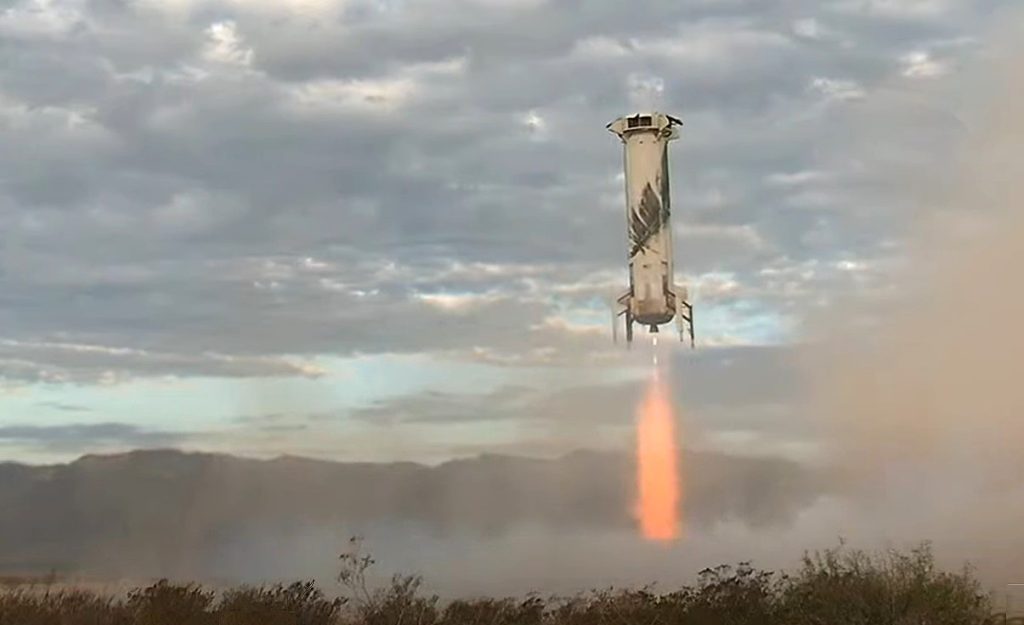Blue Origin’s New Shepard booster successfully landed after a suborbital space launch, which included six people on board. Among the crew was Rob Ferl, a professor from the University of Florida who conducted an experiment on how plants respond to transitions to and from microgravity in space. The mission, known as NS-26, went smoothly with the crew capsule passing the internationally accepted boundary of space and the crew members experiencing weightlessness while floating in space.
During the flight, Ferl activated an experiment by pushing plungers on small self-contained tubes attached to his flight suit to document how plants respond to gravity transitions. This experiment was funded by NASA’s Flight Opportunities program and aimed to support future missions to the moon and Mars. Ferl expressed how impressed he was by the view of space and the Earth from above, emphasizing the opportunities for scientists of all backgrounds to conduct research in space.
In addition to Ferl, the crew on this flight included individuals from various backgrounds such as Nicolina Elrick, Eugene Grin, Eiman Jahangir, Karsen Kitchen, and Ephraim Rabin. Kitchen, a senior at the University of North Carolina, became the youngest woman to cross the Karman Line at the age of 21. This flight marked the first time a researcher accompanied a NASA-supported experiment on a suborbital spaceflight, highlighting the increasing opportunities for individuals to participate in space exploration and research.
The crew members on the flight were a mix of professionals from different fields, including entrepreneurs, philanthropists, and a cardiologist. Each individual had their seat sponsored by various organizations such as MoonDAO, an online community focused on space exploration and settlement. Blue Origin’s mission brought the total number of space travelers to 43, including well-known figures like William Shatner, Wally Funk, and Jeff Bezos himself.
The New Shepard booster landed back on Earth after the mission, completing a 10-minute flight from liftoff to landing. The crew members experienced breathtaking views of the Earth from space and expressed their excitement with screams of delight. The successful mission demonstrated the potential for researchers to conduct experiments in space and collect valuable data to support future missions beyond Earth.
Overall, Blue Origin’s NS-26 mission showcased the growing opportunities for researchers, entrepreneurs, and individuals from various fields to experience spaceflight and conduct experiments in microgravity conditions. The successful landing of the New Shepard booster and the valuable data collected during the flight contribute to advancements in space research and support future missions to the moon and Mars. As the commercial space industry continues to expand, more individuals are expected to participate in space exploration, paving the way for new discoveries and innovations in the field.


